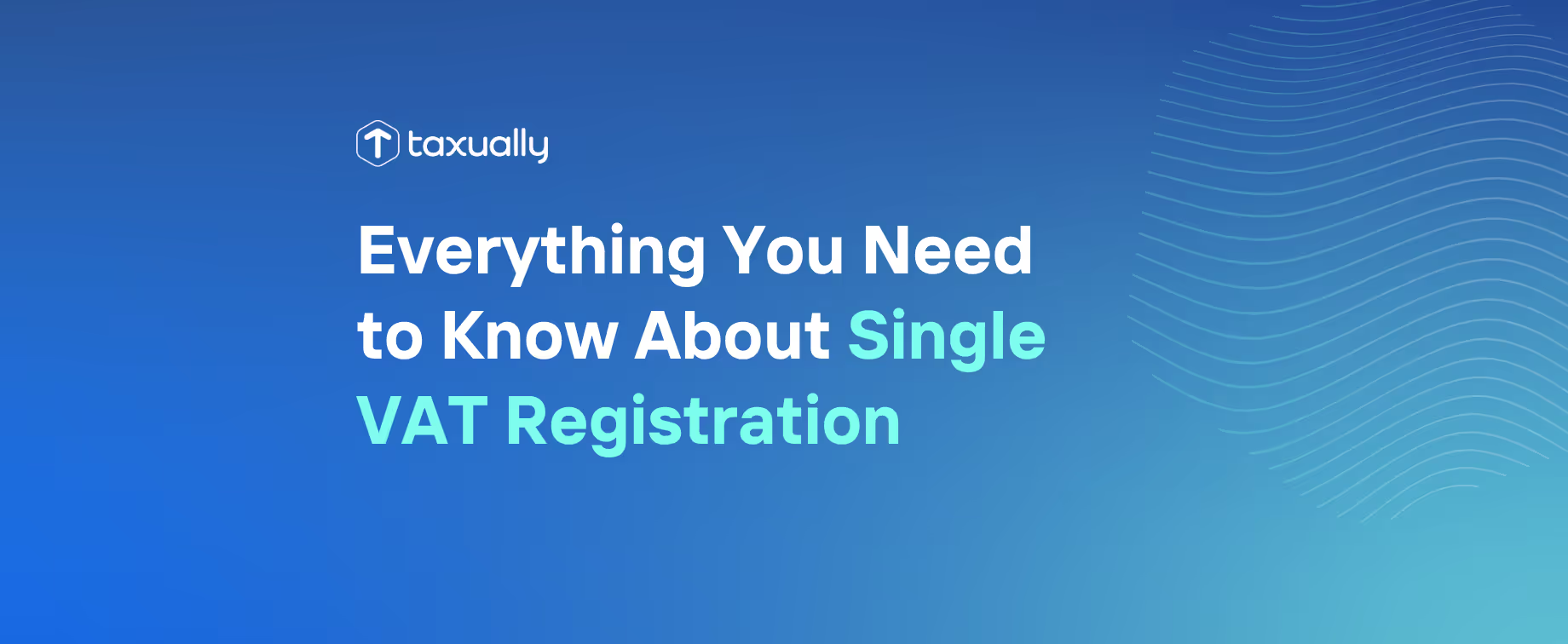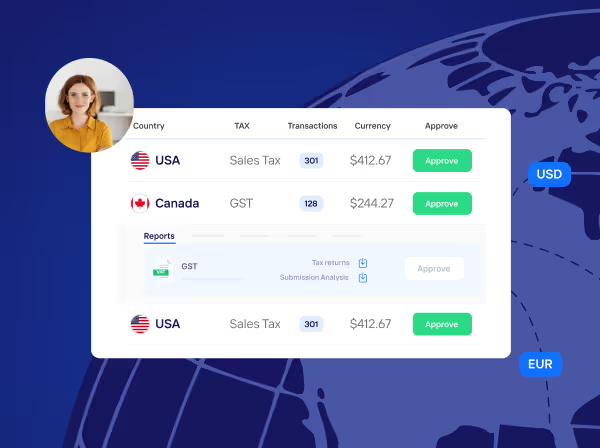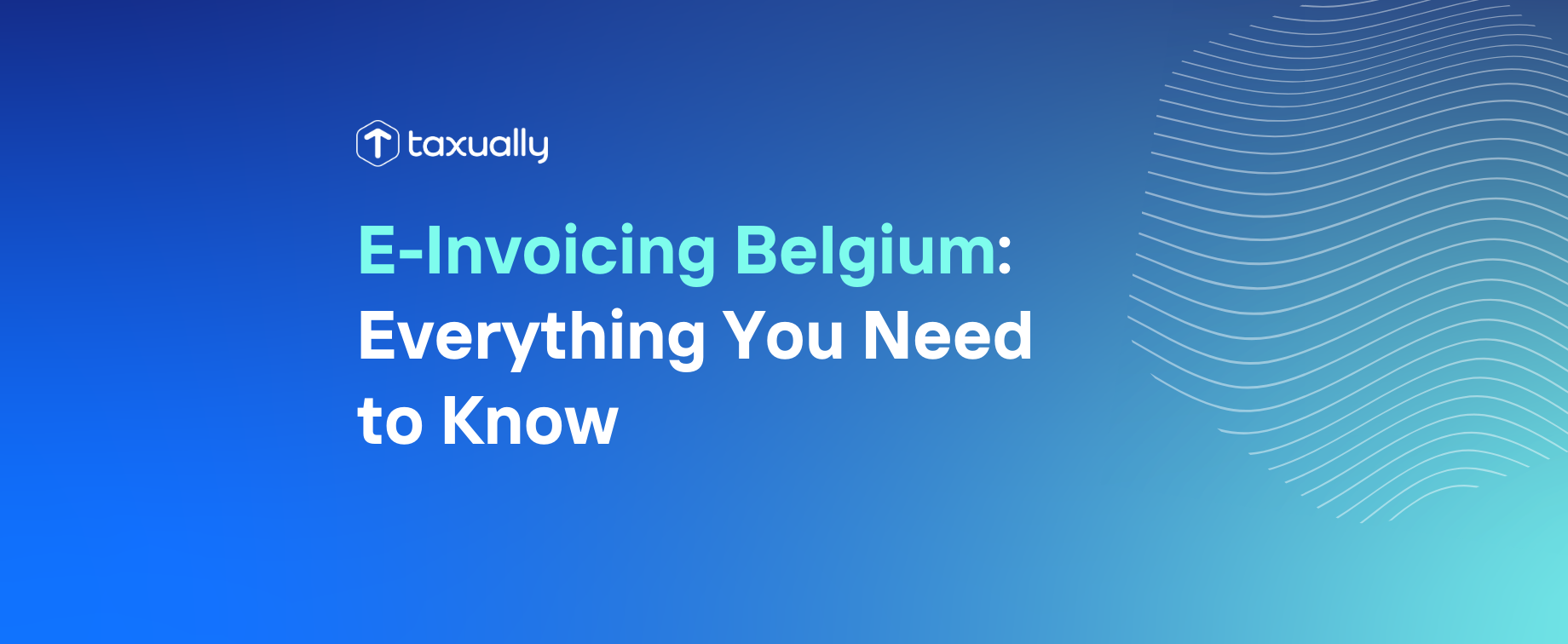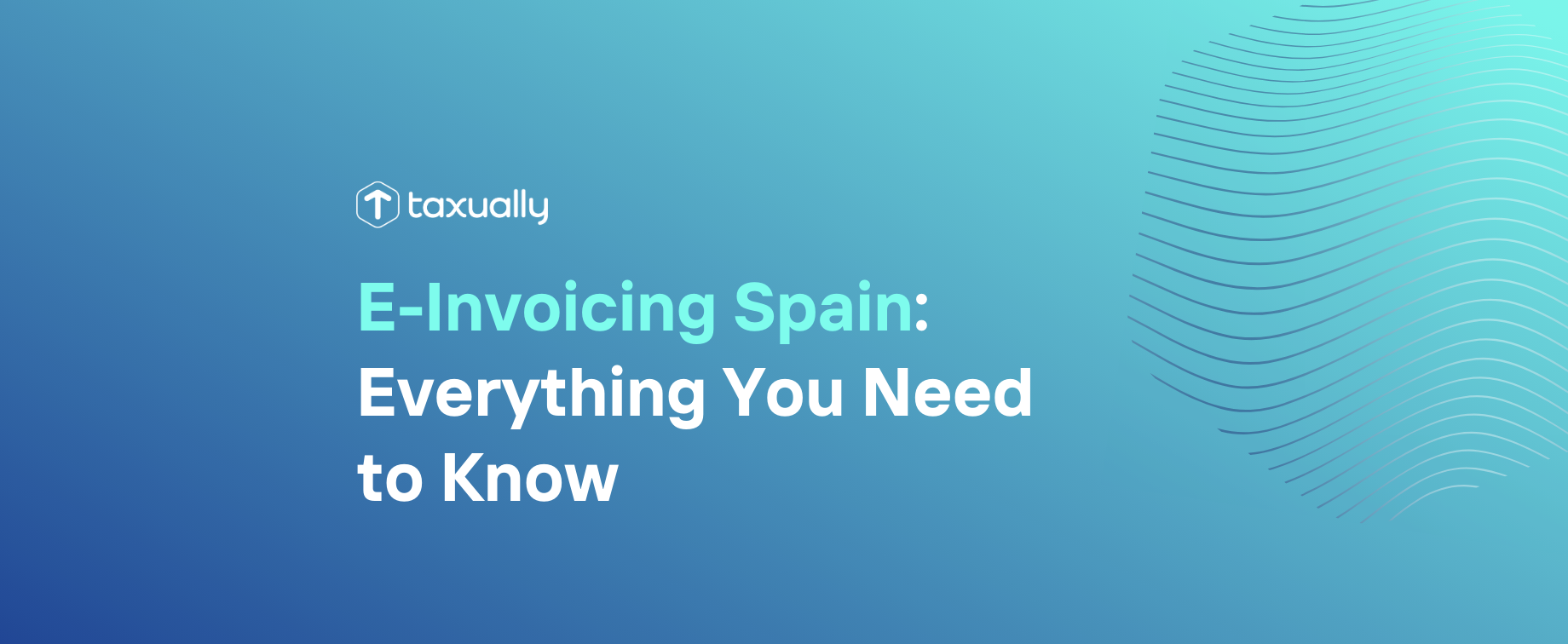Key takeaways
- One VAT number, EU-wide compliance: Single VAT Registration lets businesses file one consolidated VAT return via OSS, eliminating the need for multiple registrations across EU member states.
- Major changes coming by 2028: Reforms will expand OSS to cover own goods movements, reverse charge rules, and new fraud prevention under IOSS — businesses must prepare now.
- Not a full replacement: Some activities, like B2B domestic supplies and margin schemes, may still require local VAT registrations and compliance with country-specific reporting rules.
The EU’s VAT landscape is undergoing a major transformation to adapt to e‑commerce, digital services, and a borderless economy. A central pillar is Single VAT Registration (SVR) under the One‑Stop Shop (OSS) and Import OSS (IOSS) frameworks — brought into law under the VAT in the Digital Age (ViDA) package that entered into force on April 14, 2025.
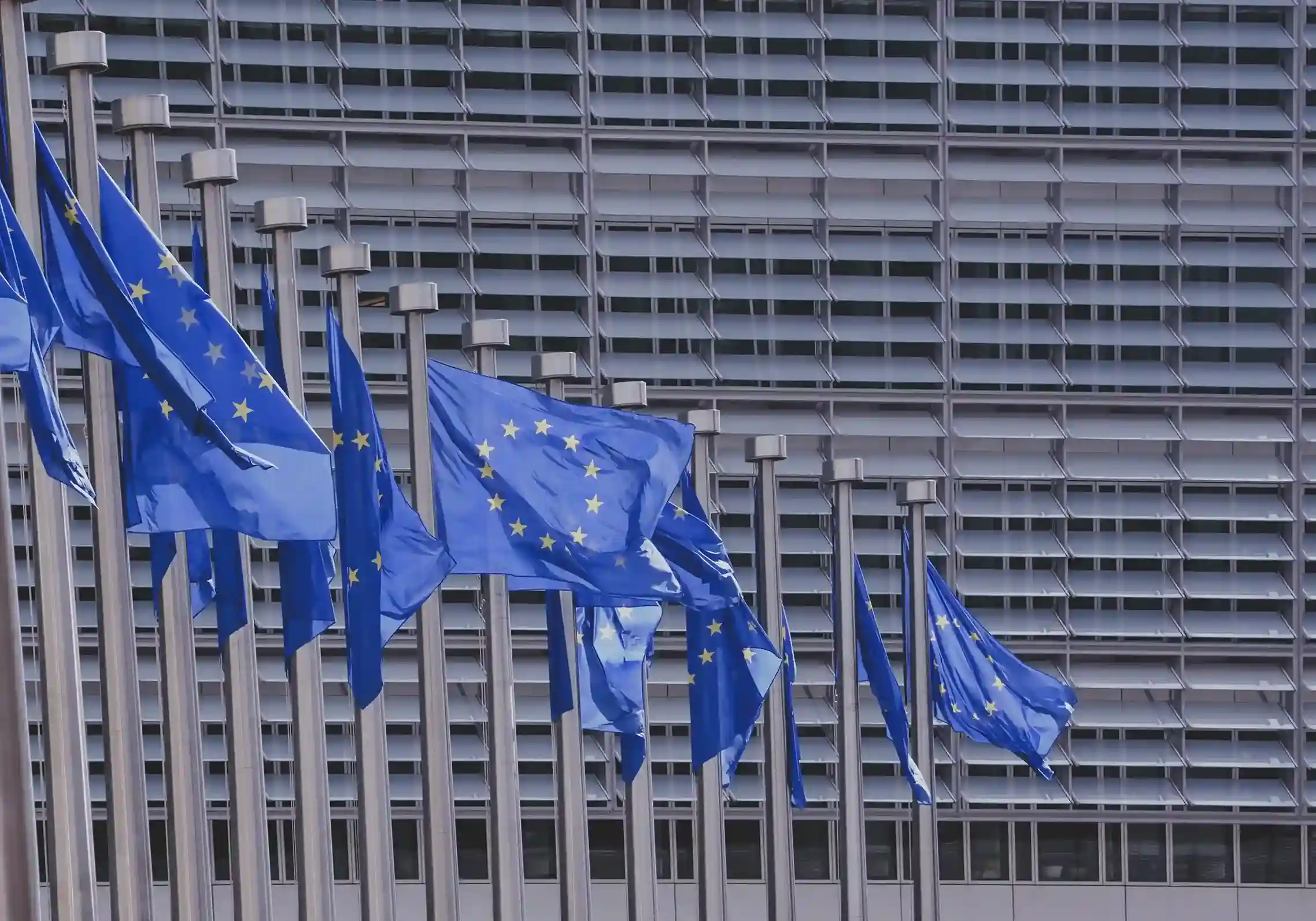
What is Single VAT Registration?
Single VAT Registration enables businesses selling across multiple EU member states to register for VAT in just one country, even when they have customers throughout the EU. Instead of registering in every country where goods or services are supplied, businesses can submit one consolidated VAT return through the OSS scheme.
This simplifies life for sellers of:
- Digital products and services (under both the Union and Non-Union OSS schemes)
- Physical goods via distance sales
- Imported goods via the Import One Stop Shop (IOSS)
- Businesses moving own goods under call-off stock arrangements
The upcoming July 2028 reforms will formalize the ability to report intra-community movements of own goods under OSS, meaning businesses no longer need local registrations for basic warehousing or fulfilment operations.
OSS and IOSS schemes
Through these schemes, eligible businesses can charge VAT based on the customer’s location and pay VAT directly to a single tax authority, which then redistributes the funds to the relevant member states.
By March 2028, new IOSS fraud-prevention rules will require marketplaces to provide detailed supplier verification and customs tracking.
What SVR means for VAT-registered businesses
Fewer VAT registrations
From July 2028, if you move own goods across EU borders (e.g., stock in warehouses), you can use the One Stop Shop instead of registering in each country.
Broader OSS scope
The Single VAT Registration expansion covers:
- Energy supplies (gas, heating, cooling)
- On-board installations (ships, trains, aircraft)
- Selected zero-rated/exempt supplies (e.g., diplomatic)
Tighter fraud prevention
IOSS will require marketplaces and merchants to share detailed records with customs, including final destination and supplier transparency (March 2028).
Expanded reverse charge
From July 2028, the upgraded reverse charge mechanism under Article 194 becomes mandatory in B2B cross-border transactions, reducing the need for non-resident VAT registrations. Member States can optionally extend this further.
Who should use Single VAT Registration?
You may benefit from Single VAT Registration if your business:
- Makes distance sales of goods to consumers in other EU countries
- Sells digital services like software, streaming, or e-books across borders
- Acts as a platform under the deemed supplier rule, facilitating cross-border B2C transactions
- Moves own goods into storage in other member states
- Offers passenger transport or logistics across the EU
- Supplies goods or services under the margin scheme

Practical steps for businesses
- Monitor EU OSS/IOSS changes — note the January 2027 & July 2028 milestones.
- Evaluate your transactions — do you move own goods, install equipment cross-border, deal in energy, or use call-off stock?
- Sync your systems — especially for e‑invoicing and digital reporting, aligning with ViDA’s first‑pillar rules.
- Plan for reverse charge — train invoicing teams and update systems by mid‑2028.
- Follow IOSS updates — marketplaces and logistics need to prepare supplier listings and customs integration.
When Single VAT Registration is not enough
Despite its benefits, Single VAT Registration doesn’t eliminate all obligations:
- Reverse charge VAT still applies to B2B transactions in many cases.
- Domestic supplies may still trigger VAT registration in certain jurisdictions.
- Businesses under the margin scheme or dealing in zero-rated supplies must understand when to file outside OSS.
Also, digital reporting obligations and e-invoicing mandates may differ between countries, requiring attention to local VAT directive interpretations.
The future of VAT in the Digital Age
The VIDA (VAT in the Digital Age) package, proposed by the EU Commission, aims to digitize and future-proof EU VAT by introducing:
- Mandatory e-invoicing
- Near real-time reporting
- Expanded One Stop Shop schemes to include more transactions
- A broader deemed supplier model
- Rules for platform economies and non-established taxable persons
The reforms began in April 2025 and will continue through 2035, with the most significant OSS/IOSS extensions landing in 2027–2028.
Summary
Single VAT Registration offers businesses across the EU a powerful tool to simplify their VAT compliance strategy. By consolidating VAT returns, reducing the need for multiple VAT registrations, and aligning with the ViDA requirements, businesses can save time, reduce costs, and focus on growth.
Do you need help with your VAT compliance? Book a free call with one of our VAT experts to find bespoke solutions for your business, optimize your VAT costs, and reach millions of new potential customers with our automated VAT solutions.
Frequently asked questions
New Year's Day - 1/1/2024Memorial Day - 5/27/20244th of July - 7/4/2024Labor Day - 9/2/2024Thanksgiving Day - 11/28/2024Day after Thanksgiving - 11/29/2024Christmas Eve - 12/24/2024Christmas Day - 12/25/2024
What is Single VAT Registration (SVR)?
SVR allows businesses selling across the EU to register for VAT in just one member state and file a single VAT return via the OSS or IOSS schemes.
Who can use the One Stop Shop (OSS) or Import OSS (IOSS)?
OSS is for EU and non-EU businesses making B2C cross-border sales of goods or services in the EU. IOSS is for sales of low-value goods (≤ €150) imported into the EU.
Does SVR replace all local VAT registrations?
Not entirely. You may still need local registrations for domestic B2B sales, margin scheme transactions, or supplies not covered by OSS/IOSS.
What’s changing by 2028?
The OSS will expand to cover own goods movements and more supply types. Reverse charge rules will tighten, and IOSS will include stricter VAT fraud-prevention requirements.
What steps should my business take?
Review your cross-border activities, prepare for new reporting and e-invoicing rules, and ensure your systems are ready for the 2027–2028 ViDA milestones.


